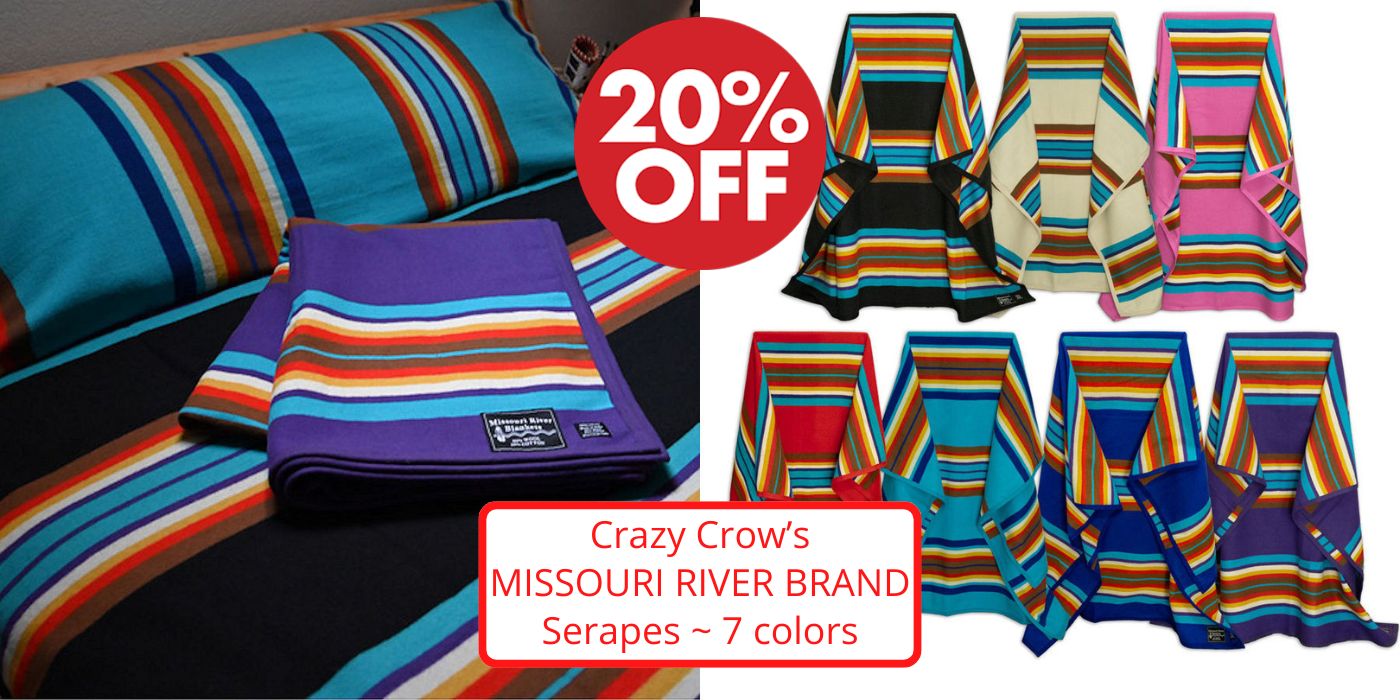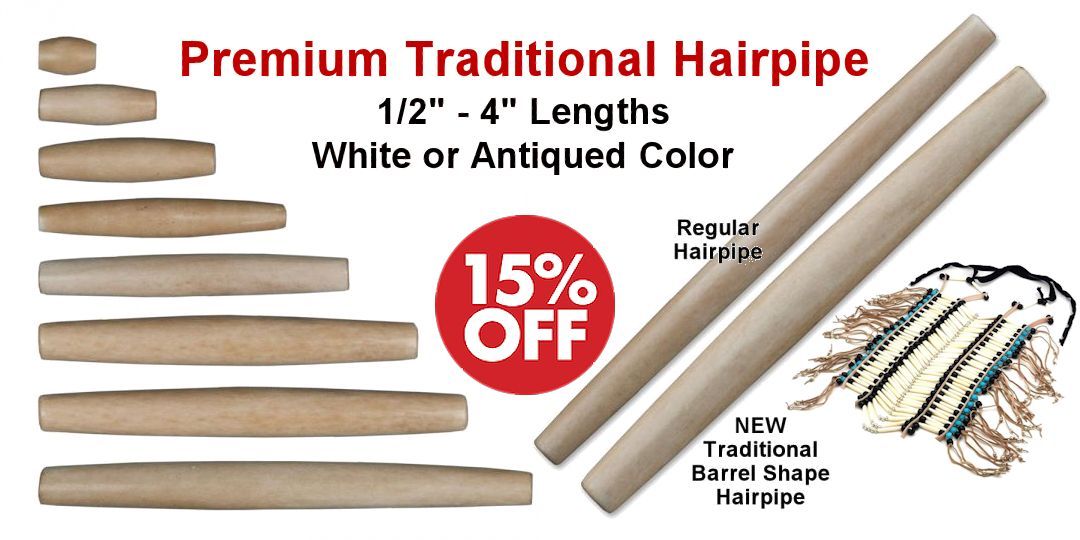

History of Silver & Gold Heishi
in Southwestern Native American Jewelry
Crazy Crow Trading Post ~ February 19, 2025
History of Silver & Gold Heishi
in Southwestern Native American Jewelry
Crazy Crow Trading Post ~ February 19, 2025
The history of silver and gold heishi in Southwestern Native American jewelry is fascinating and deeply rooted in cultural traditions. Here’s a detailed look at its evolution:
Early Use of Heishi
Heishi beads, originating from the Santo Domingo (Kewa) Pueblo in New Mexico, are among the oldest forms of jewelry in the Southwest. Traditionally, these beads were made from natural materials like shells, stones, and even bones, meticulously shaped into small, uniform pieces. The term “heishi” itself comes from the Keresan word meaning “shell bead” [1].
Introduction of Silver and Gold
The use of silver in Native American jewelry began in the mid-19th century. The Navajo learned silversmithing from Mexican artisans around the 1850s . This skill quickly spread to other tribes, including the Zuni and Hopi [2][3]. Gold, while less common, was also incorporated into jewelry designs, adding to the diversity and richness of Native American adornments [4].
Predecessors to Silver and Gold Heishi
Before the introduction of metals, Native American jewelry primarily featured materials like turquoise, shells, and other stones. Hand-rolled shell heishi, made from materials such as spiny oyster, mother-of-pearl, and turquoise, was a significant precursor to metal heishi. These beads were crafted by smoothing individual shells against a stone wheel and stringing them together, a process requiring immense skill and patience [5][6].
Influence of Indian Traders
The idea of incorporating silver and gold into heishi beads likely evolved through interactions with traders and the increasing popularity of Native American jewelry. Indian traders played a crucial role in introducing new materials and techniques to Native artisans [1]. The return of Native American jewelry to national popularity in various decades also helped revive and innovate traditional jewelry-making practices [5].
Cultural Significance and Popularity
Silver and gold heishi beads became popular as they blended traditional craftsmanship with new materials, creating unique and highly valued pieces. These beads are not just decorative; they carry spiritual significance and symbolize protection, healing, and a connection to nature. The meticulous craftsmanship involved in making heishi beads ensures their continued appreciation and demand among collectors and enthusiasts [1].
Silver heishi beads were first introduced in the late 19th century, around the 1880s. This period marked the widespread adoption of silversmithing techniques among Southwestern Native American tribes, particularly the Navajo, Zuni, and Hopi [7].
Gold heishi beads were introduced much later, with significant use beginning in the mid-20th century. Hopi jeweler Charles Loloma was a pioneer in incorporating gold into Native American jewelry, starting in the 1950s[8]. His innovative work with gold and inlaid stones transformed the aesthetic of Southwestern jewelry [8].
Adding a New ‘Twist’
Twisted Silver Heishi
Twisted silver heishi beads likely emerged in the mid-20th century, as artisans began experimenting with new techniques and designs to appeal to contemporary tastes. This period saw a lot of innovation in Native American jewelry, with artists blending traditional methods with modern aesthetics.
Twisted Gold Heishi
Twisted gold heishi beads followed a similar timeline, becoming more prominent in the latter half of the 20th century. The use of gold itself was popularized by artists like Charles Loloma in the 1950s, and the twisted design likely gained traction as jewelers continued to explore the versatility of gold in their creations.
These twisted designs are a testament to the adaptability and creativity of Native American jewelers, who continue to honor their heritage while embracing new artistic expressions.
Rise in Counterfeit Jewelry & Corrective Actions
The Indian Arts and Crafts Act (IACA) of 1990 mandates that any art or craftwork created after 1935 can only be marketed as “Indian,” “Native American,” “Alaska Native,” or as a product of a specific Indian Tribe if it is made by a member of a federally recognized Tribe, a state-recognized Tribe, or by an individual certified as a non-member Indian artisan by the Tribe [2].
In the 1970s, there was a surge in demand for Southwest Native American jewelry and turquoise. Unfortunately, this also led to a rise in counterfeit jewelry. Although enforcement can be challenging, a significant investigation in 2017 targeted two networks of suppliers operating across New Mexico, Arizona, Texas, California, Colorado, Alaska, Nevada, and the Philippines. This investigation resulted in 16 search warrants and the seizure of $320,000 and 200,000 pieces of jewelry, marking the largest operation ever conducted under the Arts and Crafts Act [2].
Resources
Crazy Crow Articles
Current Crow Calls Sale
July – August
SAVE 10%-25% on popular powwow, rendezvous, historic reenactor, bead & leather crafter supplies. It’s official, Summer is here, and so is the heart of Powwow, Rendezvous & Historic Reenactment seasons. 4th of July Celebrations is here, and just blink and Labor Day will be here. This sale offers many popular items for Native American, Rendezvous & Historic Reenactment outfits. Sale items include our Missouri River Brand Serape Blankets, a big DVD sale, Missouri River Patterns, 18th Century Linen Hunting Shirts, select Damascus Knives, Buckskin Splits, Bone & Horn Hairpipe, Plastic Crow Beads, Leather Pouches & Bags, and much more!





